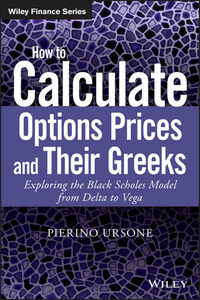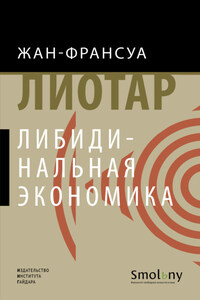This edition first published 2015
© 2015 Pierino Ursone
Registered office
John Wiley & Sons Ltd, The Atrium, Southern Gate, Chichester, West Sussex, PO19 8SQ, United Kingdom
For details of our global editorial offices, for customer services and for information about how to apply for permission to reuse the copyright material in this book please see our website at www.wiley.com.
All rights reserved. No part of this publication may be reproduced, stored in a retrieval system, or transmitted, in any form or by any means, electronic, mechanical, photocopying, recording or otherwise, except as permitted by the UK Copyright, Designs and Patents Act 1988, without the prior permission of the publisher.
Wiley publishes in a variety of print and electronic formats and by print-on-demand. Some material included with standard print versions of this book may not be included in e-books or in print-on-demand.
If this book refers to media such as a CD or DVD that is not included in the version you purchased, you may download this material at http://booksupport.wiley.com. For more information about Wiley products, visit www.wiley.com.
Designations used by companies to distinguish their products are often claimed as trademarks. All brand names and product names used in this book are trade names, service marks, trademarks or registered trademarks of their respective owners. The publisher is not associated with any product or vendor mentioned in this book.
Limit of Liability/Disclaimer of Warranty: While the publisher and author have used their best efforts in preparing this book, they make no representations or warranties with the respect to the accuracy or completeness of the contents of this book and specifically disclaim any implied warranties of merchantability or fitness for a particular purpose. It is sold on the understanding that the publisher is not engaged in rendering professional services and neither the publisher nor the author shall be liable for damages arising herefrom. If professional advice or other expert assistance is required, the services of a competent professional should be sought.
Library of Congress Cataloging-in-Publication Data is available
9781119011620 (hbk)
9781119011644 (ePDF)
9781119011637 (epub)
Cover Design: Wiley
Cover image: ©Cessna152/shutterstock
In September 1992 I joined a renowned and highly successful market-making company at the Amsterdam Options Exchange. The company early recognised the need for hiring option traders having had an academic education and being very strong in mental calculation. Option trading those days more and more professionalised and shifted away from “survival of the loudest and toughest guy” towards a more intellectual approach. Trading was a matter of speed, being the first in a deal. Strength in mental arithmetic gave one an edge. For instance, when trading option combinations, adding prices and subtracting prices – one at the bid price, the other for instance at the asking price – being the quickest brought high rewards.
After a thorough test of my mental maths skills, I was one of only two, of the many people tested, to be employed. There I stood, in my first few days in the open outcry pit, just briefly after September 16th 1992 (Black Wednesday). On that day the UK withdrew from the European EMS system (the forerunner of the Euro), the British pound collapsed, the FX market in general became heavily volatile – all around the time the management of the company had decided to let me start trading Dollar options.
With my mentor behind me, I stood in the Dollar pit (training on the job) trying to compete with a bunch of experienced guys. My mentor jabbed my back each time when a trade, being brought to the pit by the floorbrokers, seemed interesting. In the meantime he was teaching me put–call parity, reversals and conversions, horizontal and time spreads, and whereabouts the value of at the money options should be (just a ballpark figure). There was one large distinction between us and the other traders; we were the only ones not using a computer printout with options prices. My mentor was certain that one should be able to trade off the top of the head; I was his guinea pig.
In those days, every trader on the floor was using a print of the Black Scholes model, indicating fair value for a large set of options at a specific level in the underlying asset. These printouts were produced at several levels of the underlying, so that a trader did not need to leave the pit to produce a new printout when new levels were met. Some days, however, markets could be so volatile that prices would “run off” the sheet. As a result the trader would have to leave the pit to print a new price sheet. It was exactly these moments when trading in the pit was the busiest: not having to leave the pit was an advantage as there were fewer traders to compete with. So, not having to rely on the printouts would create an edge while liquidity in trading would be booming at those times.








